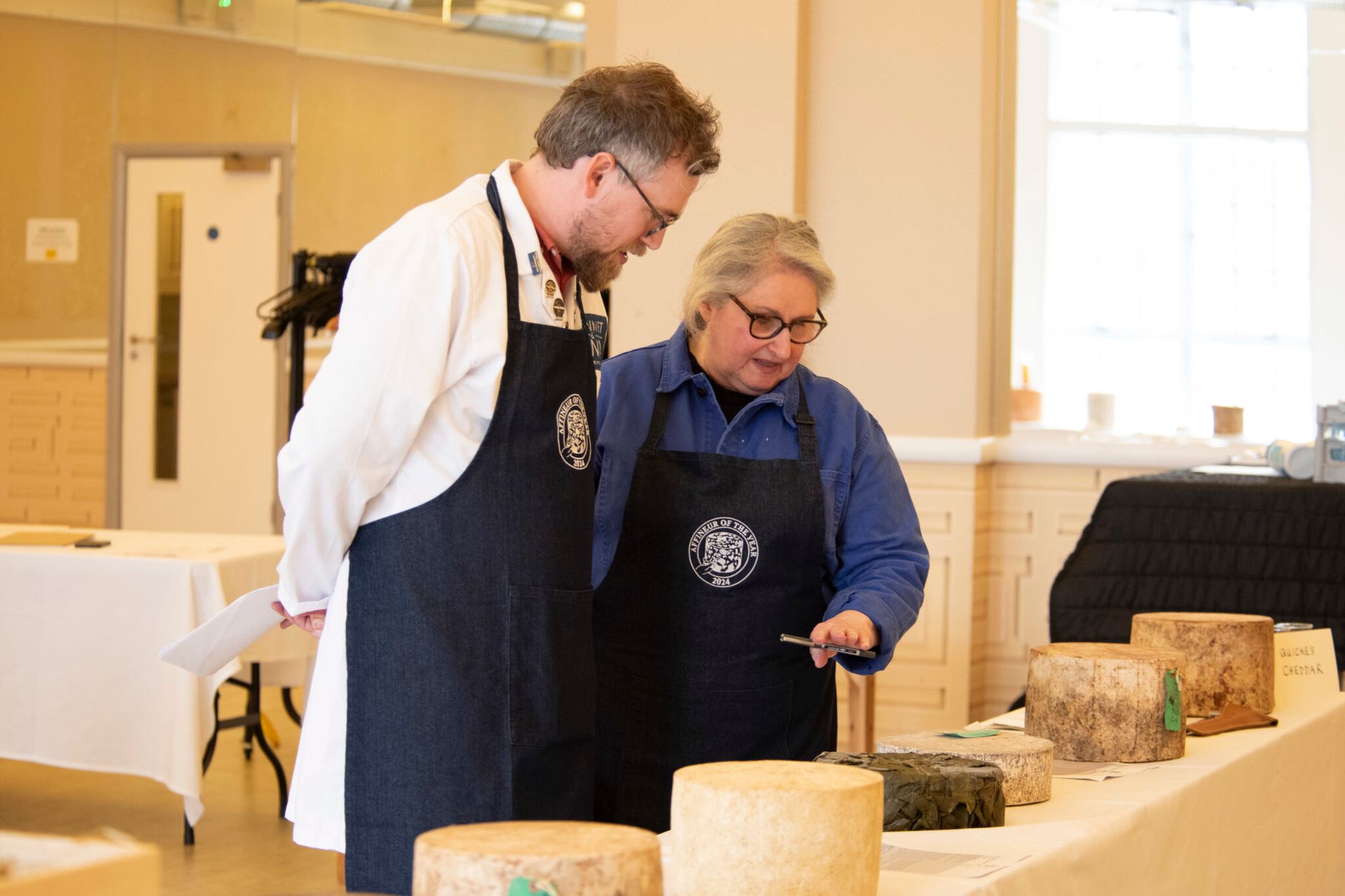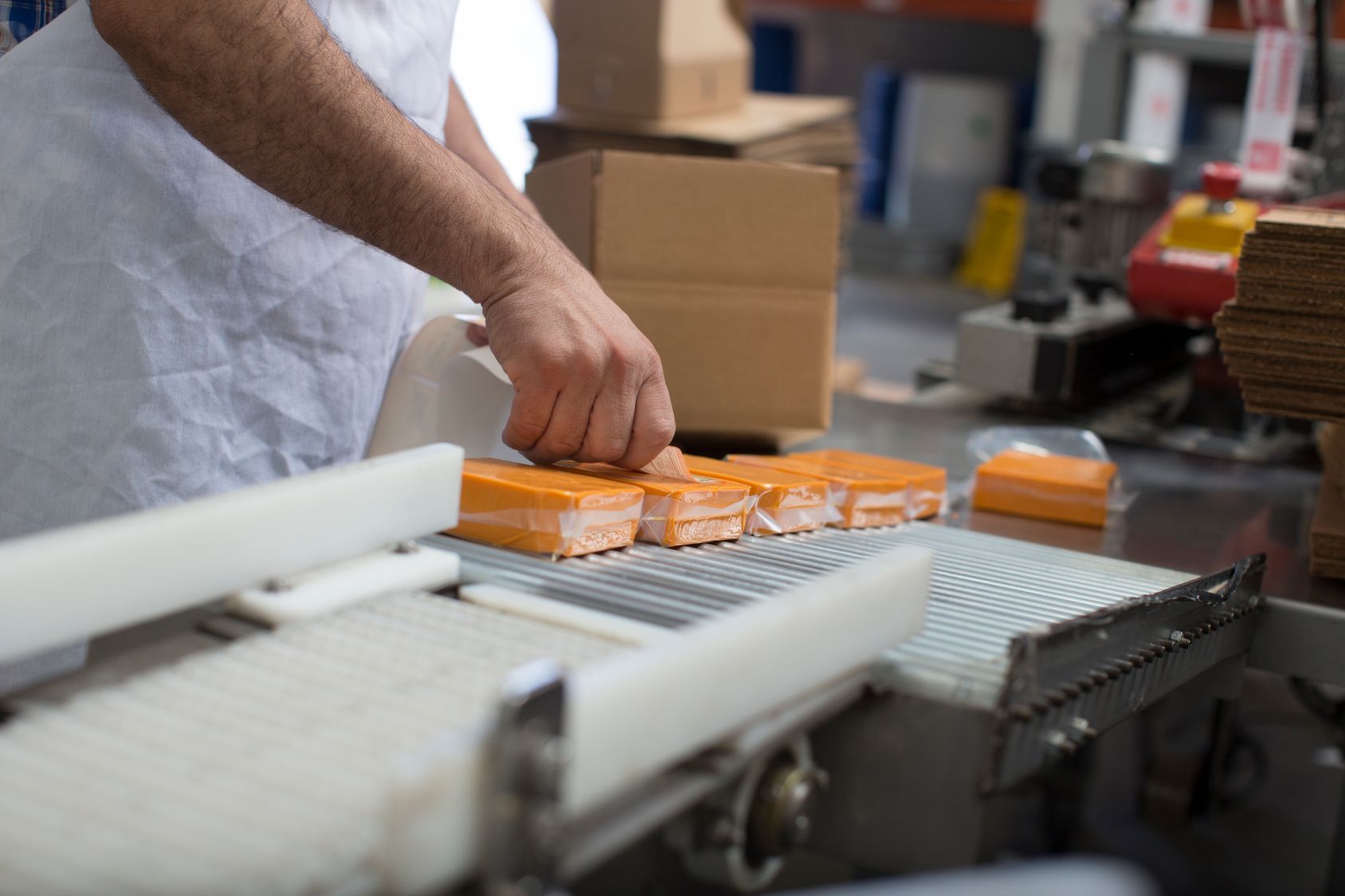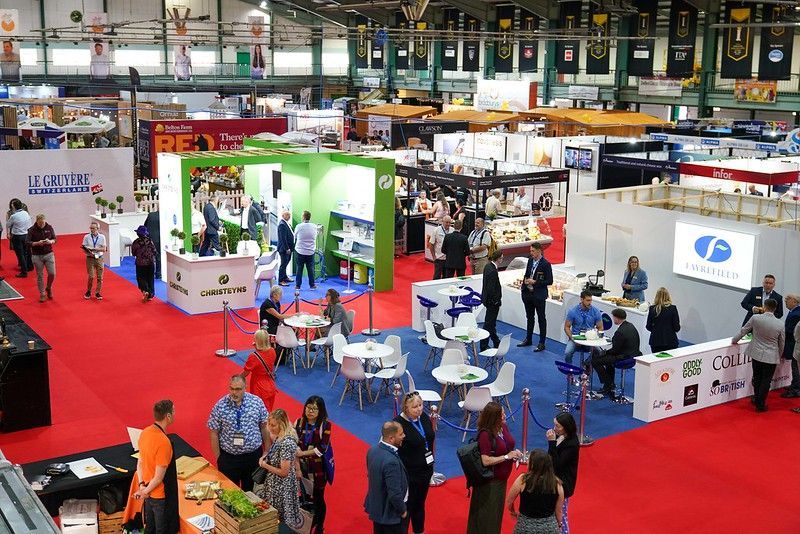
EXPLORE OUR NEWS ARTICLES

By Steve Moncrieff
•
April 8, 2025
In April 2025, the global dairy market was jolted by a significant shift when President Trump announced what he termed “Liberation Day” – a new wave of tariffs aimed at recalibrating U.S. trade relations. For the UK and European dairy industries, this move marks not just a challenge but a pivotal moment. As the U.S. imposes a 10% tariff on all imports, with a steeper 20% levy on European dairy, the implications are far-reaching – and the clock is ticking. For the UK, the stakes are immediately clear. The U.S. has long been a vital market for British dairy, particularly cheese, which forms a cornerstone of export revenues. But these tariffs are about more than just price hikes. For UK producers, it’s about market access. With the U.S. being the second-largest destination for UK agrifood exports, a 10% tariff could mean a shrinking pie for UK dairy producers who are already operating on tight margins. The simple fact is, U.S. consumers may turn to alternative suppliers if British cheese becomes too costly. And it's not just a matter of trade figures. For British dairy farmers and producers, these tariffs come at a time when the industry is still recovering from the effects of Brexit and COVID. The added pressure could make it harder to remain competitive, especially for small and mid-sized producers who rely on established relationships with U.S. buyers. For these businesses, the uncertainty created by new tariffs is a significant concern – and it will require swift, calculated responses. Across the Channel, the situation is equally challenging for European producers. The EU's 20% tariff on dairy imports could undermine the longstanding relationship between European cheese producers and U.S. consumers. From Italy’s Parmigiano Reggiano to France’s Roquefort, these iconic cheeses have made a name for themselves in the U.S. market. But if costs rise too quickly, European cheesemakers could see demand dwindle, leaving them scrambling for new avenues of growth. Swiss producers are facing an even steeper climb. With tariffs on Swiss cheese products approaching 31%, the threat to market share in the U.S. is more immediate. The sheer size of the penalty means that Swiss cheesemakers will have to work even harder to convince U.S. buyers that their products are worth the premium – and that’s no easy task. But while this all sounds like a serious blow, it's important to look at this moment through a different lens. Yes, the tariffs are disruptive, but they also present an opportunity for the UK and European dairy industries to reconsider their strategies. It’s about adaptability, diversification, and maintaining that competitive edge that has made British and European dairy some of the most sought-after in the world. What’s Next for Dairy Producers? For UK and European producers, the first step is to understand that the world isn’t going to wait. The tariffs may slow things down, but they’re also an opportunity to pivot. Expanding into new markets outside of the U.S. is a natural first step. Asia, the Middle East, and parts of Africa are seeing growing demand for quality dairy products. There’s a chance here to turn a challenge into a broader, more diversified international strategy. At the same time, the power of quality cannot be underestimated. British and European cheeses, many of which are protected by geographical indications (GIs), have a level of authenticity that’s hard to replicate. Whether it’s the unique terroir of French cheeses or the rich history of British cheddar, these products stand out in a crowded marketplace. If the tariffs push prices higher, it’s important for producers to highlight the value inherent in these products – they’re not just food, they’re a cultural experience. And then there’s the political side of things. This is where industry bodies and producers themselves can make a real impact. Engaging in trade discussions, lobbying for better terms, or even exploring potential exemptions could make a difference in how these tariffs are structured long-term. Moving Forward While these tariffs create uncertainty in the short term, they should also act as a reminder that markets are constantly evolving. The UK and European dairy sectors are no strangers to change, having navigated everything from Brexit to global supply chain disruptions. This moment, while challenging, is yet another opportunity for the industry to recalibrate, innovate, and come out even stronger. The coming months will be crucial. Producers must be proactive, strategic, and ready to act quickly. The world is watching – and with the right response, UK and European dairy can continue to thrive in an increasingly complex global market.

By Milly Moncrieff
•
March 27, 2025
We have found that dairy producers are actively searching for new technologies that enhance operational efficiency while promoting sustainable practices as their industry develops. The areas of traceability and waste reduction stand out as essential targets for innovation. This article examines how Inspiron Systems together with XTrace Systems is transforming key industry elements. Enhancing Traceability: Beyond Compliance to Consumer Confidence Traceability in dairy production serves as both a regulatory requirement and an essential component for building consumer trust and maintaining product quality. Inspiron Systems utilises XTrace technology to offer superior traceability solutions. The production management software from XTrace allows dairy producers to track each cheese block precisely, even to the origins of its starter culture or rennet, drawing on more than fifty years of industry experience. Detailed tracking is indispensable, particularly if a product recall is necessary. By keeping precise records of which cheese blocks are packed in which boxes and tracking pallet shipments to customers, producers can swiftly manage recalls, thereby safeguarding consumer safety and maintaining trust. Reducing Waste: Intelligent and Sustainable Production The use of smart weighing and cutting systems achieves waste reduction and enables producers to achieve uniform box filling and precise cheese sizing for each specific task. The method decreases environmental damage and enhances margins by cutting the need for recycling products that don’t meet strict weight controls or selling them with reduced profit margins. Adding real-time monitoring during the cheese cutting operations serves as a game-changing advancement.
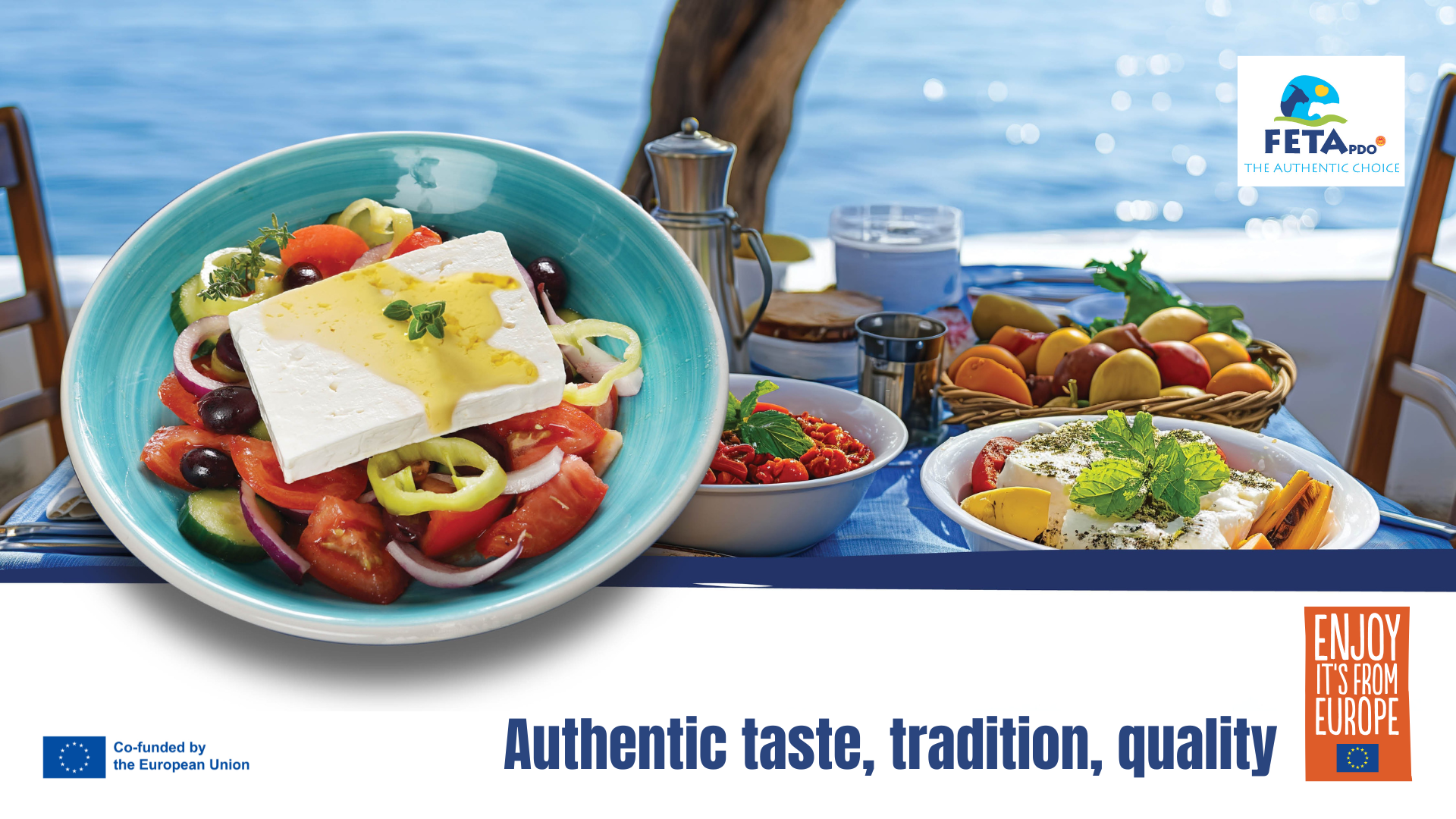
By Milly Moncrieff
•
February 25, 2025
The UK cheese market, currently valued in the billions of pounds, represents a vital arena for both established brands and emerging producers seeking to capture the evolving tastes of consumers. Industry reports indicate that specialty varieties now command a notable share of category growth, suggesting a strategic window for those prepared to offer products that balance tradition and innovation. This climate of change underscores an opportunity for FETA PDO - a protected Greek cheese steeped in heritage yet adaptable to modern demands - to serve as a compelling addition to brand portfolios in search of meaningful differentiation. FETA PDO stands apart through its Protected Designation of Origin status, which guarantees production within select regions of mainland Greece and Lesvos. This authentication is crucial when brand transparency and provenance can shape purchasing decisions, particularly among buyers and category managers who prioritise clear narratives. The controlled method of production - from the use of specific proportions of sheep’s and goat’s milk to the aging of the cheese in wooden barrels filled with brine - enhances its distinct flavour profile that resonates well with UK consumers who have shown an increasing openness to Mediterranean-inspired diets. Retail buyers looking to develop or refresh their premium lines can leverage FETA PDO’s story, emphasising meticulous craftsmanship, time-honored recipes, and stringent controls that resonate with consumers prioritising authenticity. Within this context, FETA PDO becomes more than a single SKU; it evolves into a narrative focal point, linking brand identity to genuine heritage. Buyers evaluating the broader cheese landscape are already mindful of ongoing pressures on the supply chain, from fluctuating milk prices to evolving consumer behaviours shaped by inflationary concerns. FETA PDO offers an assurance of consistent quality, supported by local Greek producers who operate in circumstances that foster the specific milk profiles needed for production. In a challenging environment, a well-articulated story of origin and artisanal care can capture consumer loyalty, particularly for those willing to pay a slight premium for perceived quality. There is, however, sometimes a tension between tradition and market-driven innovation that warrants attention. The cheese’s PDO framework demands rigorous adherence to production methods, which can occasionally limit immediate flexibility. Yet, this very constraint can serve as a point of difference, reminding retail buyers and foodservice operators that not all cheeses are created equal. By highlighting FETA PDO’s unique production criteria, brands emphasise the authenticity that modern consumers increasingly value, thereby justifying its placement at a higher price tier or in more specialised sections of a chiller. Such strategies should be rooted in clear-sighted data analysis. Ongoing category research reveals that while staples such as Cheddar still dominate volume sales, niche and specialty varieties often inspire stronger growth percentages. FETA PDO, when positioned effectively, can capitalise on this trend. Decision-makers using their own data - loyalty metrics, focus-group findings, or insights from store-level observational studies – can align with broader market intelligence. In some regions of the UK, consumers gravitate to unique flavour experiences. In others, they might respond best to messaging around healthfulness or ethical sourcing. A nuanced, region-by-region or even store-by-store approach can amplify results. Those adding FETA PDO into broader category portfolios will benefit from reinforcing the cheese’s story through carefully curated displays, thoughtful packaging, and engaging promotional campaigns. Buyers and brand teams that communicate the cheese’s PDO’s origins, generational know-how, and controlled production standards invite shoppers into a narrative of tradition and quality. When coupled with versatile recipe ideas and demonstrations - either online or in-store - this approach can elevate FETA PDO beyond a mere commodity cheese. Instead, it becomes an essential ingredient in a consumer’s culinary journey, stimulating repeat purchases and stronger loyalty. In moving forward, the collective evidence suggests a market environment in which FETA PDO is well-poised to contribute both to immediate sales objectives and to a broader brand narrative. By treating it as part of a holistic strategy - one that recognises the cheese’s heritage and values its potential to spark consumer interest. FETA PDO ultimately represents an opportunity: it leverages genuine cultural heritage, meets consumer appetite for unique flavors, and offers room for imaginative brand storytelling. When aligned with data-driven insights into evolving UK cheese consumption, it can serve as a resilient, forward-looking addition to a retailer’s category portfolio.
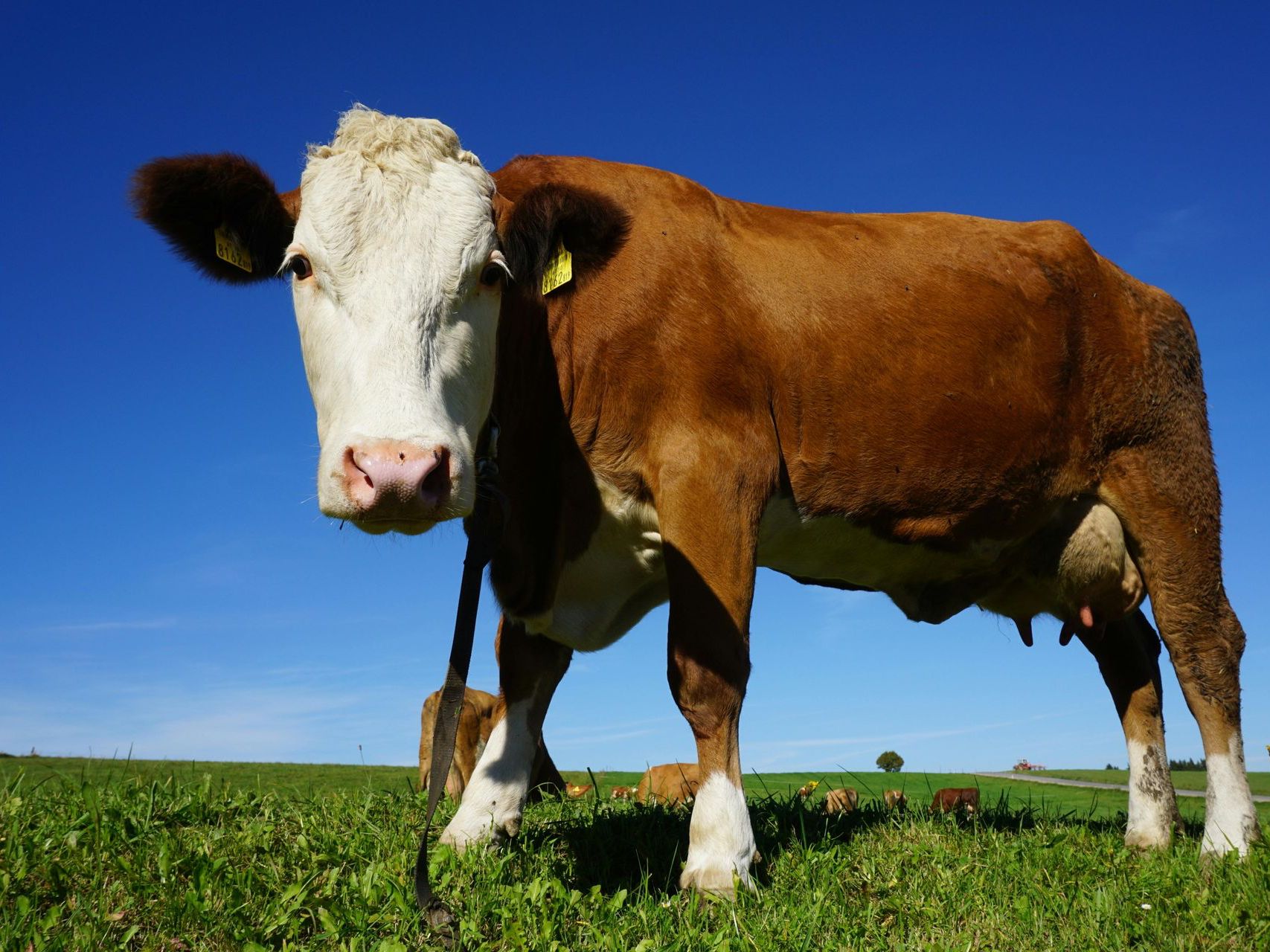
By Milly Moncrieff
•
February 11, 2025
As February unfolds, the International Cheese and Dairy Awards (ICDA) and EXPO 2025 are rapidly taking shape, promising a stellar program of industry insights, competitive cheese classes, and invaluable networking. For those keen to secure their place early, SDT dinner tickets are available now for those seeking an evening of professional camaraderie, as are trade stand reservations for anyone wishing to exhibit during our two-day trade show, please contact Debbie to enquire about these spaces via debbie@internationalcheesedairyexpo.com . Free trade tickets, ensuring easy and cost-free access, are now open for registration, visit the EXPO website to register. Tickets will be released later this month for a networking lunch sponsored by Fairfield Foods, offering another chance to connect with fellow professionals. Come March, entries officially open for the ICDA Awards, inviting producers to present their finest work and gain international acclaim. Adding to this momentum, ICDA is introducing a brand-new free networking event in the EXPO Lounge from 4:00 p.m. to 6:00 p.m. on Wednesday, sponsored by Fayrefield Foods, providing the perfect opportunity to mix and mingle in a relaxed setting. Finally, in our upcoming newsletter, we’ll unveil an innovative awards presentation format- designed to elevate this year’s celebrations and enhance the overall experience. There’s plenty to look forward to, so watch this space for more updates as June draws near.

By Milly Moncrieff
•
September 30, 2024
Welcome to the first issue of The Dairy Mail, your go-to resource for insights and opportunities tailored to dairy traders. Expect each issue to deliver the knowledge and commercial opportunities you need to stay ahead in the dairy trade. This issue should be both enjoyable and engaging, making you feel involved, while also serving as a valuable, industry-focused resource that provides lasting exposure.
Stay inspired
Be the first to get new news and updates. We won't spam you.
Contact Us
Thank you for contacting us.
We will get back to you as soon as possible.
Oops, there was an error sending your message.
Please try again later.
No anchors on the page





